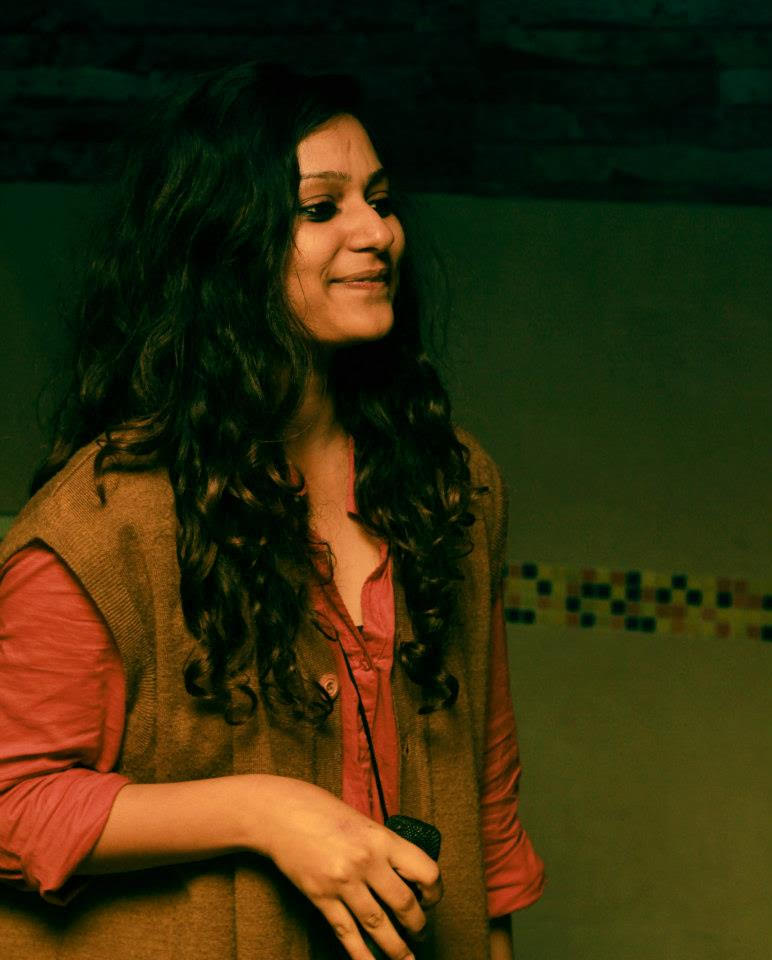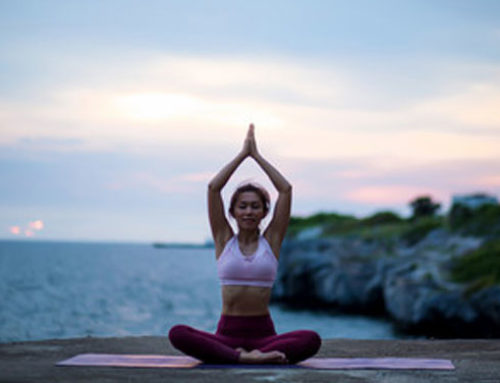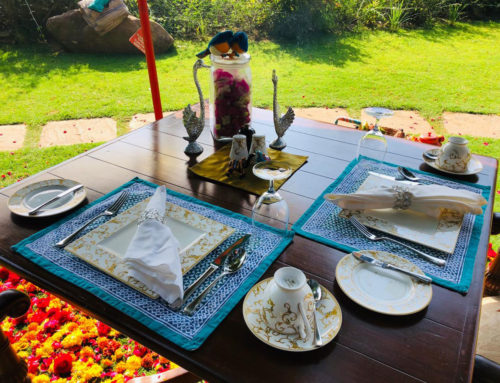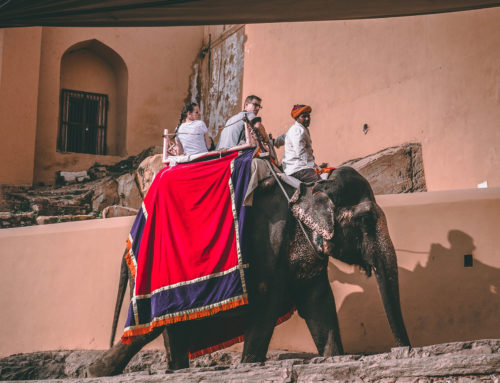As Shah Asad Rizvi beautifully describes “Dance as the narration of a magical story; that recites on lips, illuminates imaginations and embraces the most sacred depths of souls.”
There is no better way to explore the very soul of India through its lovely tradition of dance. As its states have different languages, varieties of cultural patterns, landscapes and traditions, so does it have unique dances. This art form is as ancient as it gets – considered a spiritual way to celebrate, worship and retell stories of their Gods and Goddesses and honour sagas.
“When a dancer performs, melody transforms into a carriage, expressions turn into fuel and spirit experiences a journey to a world where passion attains fulfillment.”
With Touch Down India, let us explore the history behind these varied distinct dance forms of India and explore, observe and engage with its culture when you see them with your eyes, because we might fall short of words retelling the euphoria of watching them live and a close glimpse into what really goes behind putting such a spiritually uplifting performance.
1. Kathak
Origin State: Uttar Pradesh
“Retelling tales of gods and goddesses from the Ramayana and Mahabharata”
Let’s take you to the history of Kathak that trace back to to Sanskrit Hindu text on performing arts called ‘Natya Shastra’ written by ancient Indian theatrologist and musicologist Bharata Muni. The text itself is said to have been written and completed between 200 BCE to 200 CE. The text explains dance in two forms, namely ‘nritya’ that involves finesse of hand movements and gestures, and ‘nritya’ that is performed solo and focuses on expressions. It is also believed that Natya Shastra is thousands of verses that beautifully describe the many facets of Tandava, meaning dance of Lord Shiva. Its methods of acting, standing postures, gestures, basic steps, bhava (emotion) and rasa (aesthetic impression of art), that forms the roots of the Indian Classical Dances.
According to many historians, Kathak was adopted around 400 BCE in Bharhut, a village then, in the Satna district of Madhya Pradesh, There are sculptures that we take you to, that contain evidences of different vertical poses with arm positions that resemble Kathak steps, many of which reflect the ‘pataka hasta’ Mudra. Then, later it found its roots in Banaras or Varanasi and spread to Jaipur, Lucknow and many other regions of north and northwest India telling tales of gods and goddesses from the Ramayana and Mahabharata
2. Bharatnatyam
Origin: Tamil Nadu
Bharata Natyam, also known as Bharatnatyam, is one of the oldest dance forms of India, nearly 2000 years old. According to the legend, it is Lord Brahma who came to Bharata, a famed sage to help him incorporate and document this dance form in Natya Shastra. Later, it was practised in the courts and temples of Tamil Nadu in South India. Since then, the dance from evolved and in the 19th century, four brothers known as the Tanjore Quartet formed the musical compositions for dance form and became popular as Bharatnatyam. Years of practise as a living tradition from generation to generation, to the women known as the Devdasi who served their life dedicated to the temples as dancers and musicians.
3. Kathakali
Origin: Kerala
This is another traditional dance form that originated of Natya Shastra. While some claim that Kathakali originated over 500 years back, others believe that it is as ancient as to 1500 years. We take you to Kalamandalam in Kochi, that gives you a close encounter with the artists performing the most ornamental and colourful dance forms – that blends music, choreography, hand gestures, and vocal narratives to tell stories.
Legend says that Bhagavati, the Earth-Mother goddess and snakes were worshipped by the indigenous Dravidians of Kerala. This adoration of the snakes led to form the ritual of Kathakali dance. Later, a Brahmin king once invited Krishnattom to perform Kathakali at the temple. It was then only restricted to those of high caste and royalty. But later when another King approached Krishnattom to perform for his people, created Ramanattom, which enacted stories from other epic Indian poems.
4. Kuchipudi
Origin: Andhra Pradesh
Let’s time travel to the 1st century B.C. & then to 1502 A.D. when the dance form became popular. According to the legends, an orphan in Srikakulam was raised by the village and married off in childhood. Later, went for his Vedic studies in Udipi and adopted the name Sidhendra Yogi. Once, he was returning to his wife in the village, he had to cross a river. He started swimming but couldn’t, beyond a point. He then, prayed to God and received strength. Later, he settled in Kuchelapuram and began teaching Brahmin boy’s devotional dance practised only by men. Known for its impressive, expressive eye movements, quick footwork, dramatic characterisation, the dance form is the most elegant visual spectacle.
5. Odissi
Origin: Odisha
Odissi found its roots in the beginning of the 1st century BC. The dance form is known for its basis of a concept known as ‘Tribhangi’, which literally means ‘three parts’. Therefor, the dance comprises of three major movement styles – head, chest and pelvis area. It is performed as a homage to Lord Jagannath, lord of the universe. If you are not already impressed by the pictures, let us tell you that the first archaeological evidence of this dance in a cave engraving of a dancer near Udayagiri. Later, this picture was imprinted during the reign of emperor Kharavela and dancers, referred to as ‘maharis’, practised it.
6. Bhangra
Origin: Punjab
Bhangra originated among the Punjabi farmers in the 14th and15th century as a celebration of the harvest season. With time, Bhangra became a quintessential part of almost every celebration in Punjab such as weddings or festivals. Dancing to the rhythm of a drum, spread from Gujranwala, Sialkot, Gurdaspur and Sheikhpur areas of Punjab to many parts in the world.
7. Ghoomar
Origin: Rajasthan
“Celebrating Feminine Energy”
Ghoomar, that originated in the Bhil tribe, in Rajasthan, which is a traditional folk dance that represents feminine energy and devotion to the Goddess Saraswati—the Hindu goddess of knowledge, music, arts and wisdom. Considered as a strong form of language of the Rajasthani women, the art celebrates adorned in flowing dresses called ghagara, silver ornaments and Kundan jewellery. The dance includes a series of spins and hip movements, while moving in and out of wide circles create a bewitching and infectious energy among the audience. A few of the dance sequences also includes fire or stacks of earthen pots or brass pitchers upon their heads, balancing them all.
8. Sattriya
Origin: Assam
A prehistoric dance that originated in Assam – the land known for its animated colors, rich history and a heterogeneous culture. The form flaunts executed hand movements in bright and dramatic coloured sarees, exuberant expressions that make it all a vital treat for the travellers that come from all over the world. If you go back to the history of the dance, it dates back to the 15th century, when it was founded and practised by saint Srimanta Sankardev and till date the dance remains untouched of any contemporary changes. The most interesting part about the dance that before, the dance was only performed by males; later females also joined in the celebratory dance ritual.
9. Kalbelia
Origin: Rajasthan
“Dance is the hidden language of the soul,” says Martha Graham. Performed by the women folk Kelbelia tribe of Rajasthan, Kalbelia is considered to be one of the sensual dance forms of India. The legend says that once a serpent yogic dancer traveled the desert and kings found his blessings divine. Dressed in black coloured angrakhi, odhani and lehnga, the artists make serpent-like hand and body movements while rotating at high speeds. The music The music uses dhols, dufli and khanjar along with the ragas. A fringed group of society, Kalbelia, born nomads, live in just outside of villages and cities in makeshift camps, and expertise as snake charmers and snake catchers. Travel to Udaipur, Ajmer, Chittorgarh and in other desert provinces to witness the folk charm live in action.
10. Theyyam
Origin: North Kerala
“A Living Cult”
Dance of the Gods, Theyyam, also known as Kaliyattam is an ancient ritual dance that incorporates music, dance and mime. Well, the grandeur of this dance form can well be understood in its 400 forms, each with its unique style, make-up, costumes, songs, choreography – Pottan, Gulikan, Bhagavati, Kari Chamundi, and Raktha Chamundi, being the few well known forms. You will be awestruck with their extravagant ornamental decorations, their sheer size and appearance. A grand dance festival celebrates the honour the heroes and ancestral spirits every year between December and April in North Malabar namely, Karivallor, Kurumathoor, Nileswaram, Ezhom, and Cherukunnu. Also, the ones who cannot make it to North Kerala during this period, Theyyam is also performed each day at Parassini Kadava Sri Muthappan Temple in Kannur.

The interaction with Nature is the founding discourse of any traveller. Recently moving to the mountain village brought me nearer to ground, a look closer at the dance of eternity. I realised there are varied worlds steeped in beauty, innocence and imagination, not bound by false arcades of norms and pretence. Travel stories fascinate me. For me, it’s been about renegotiating newer territories; forever relocating; listening & writing stories.



